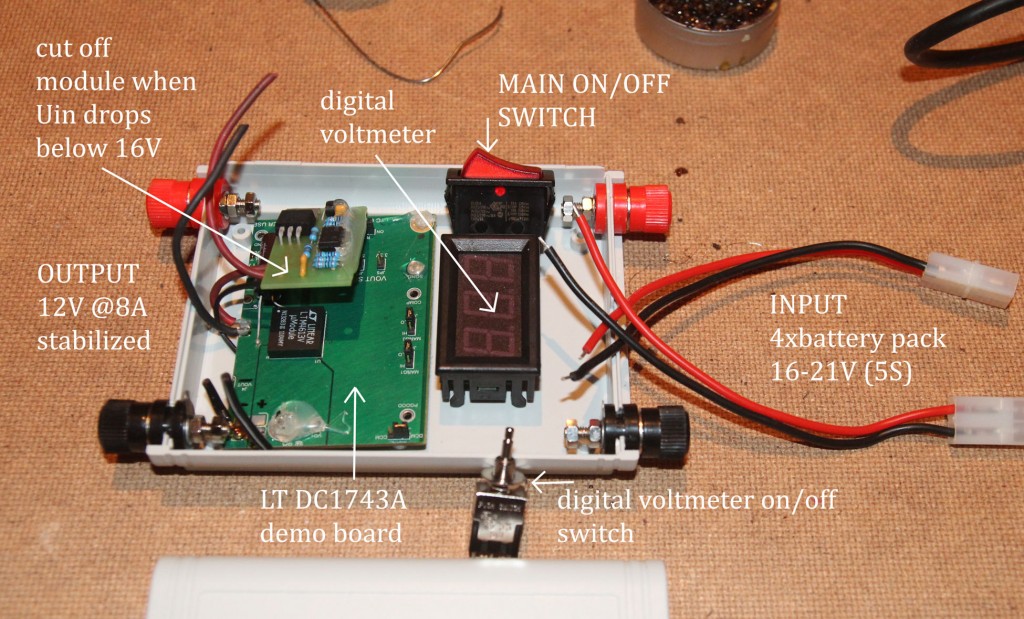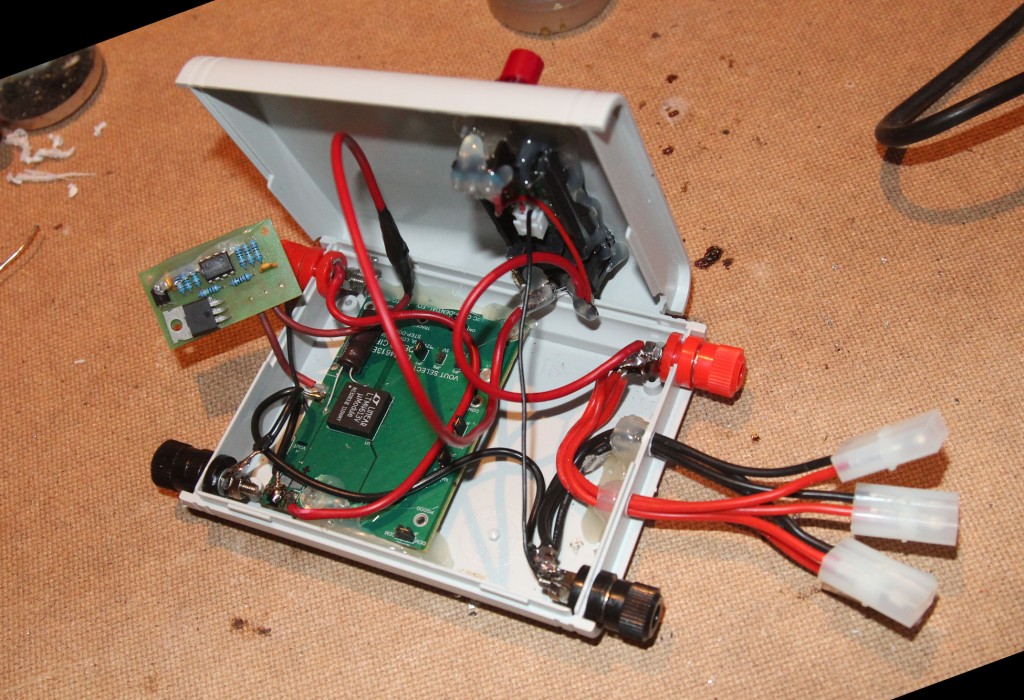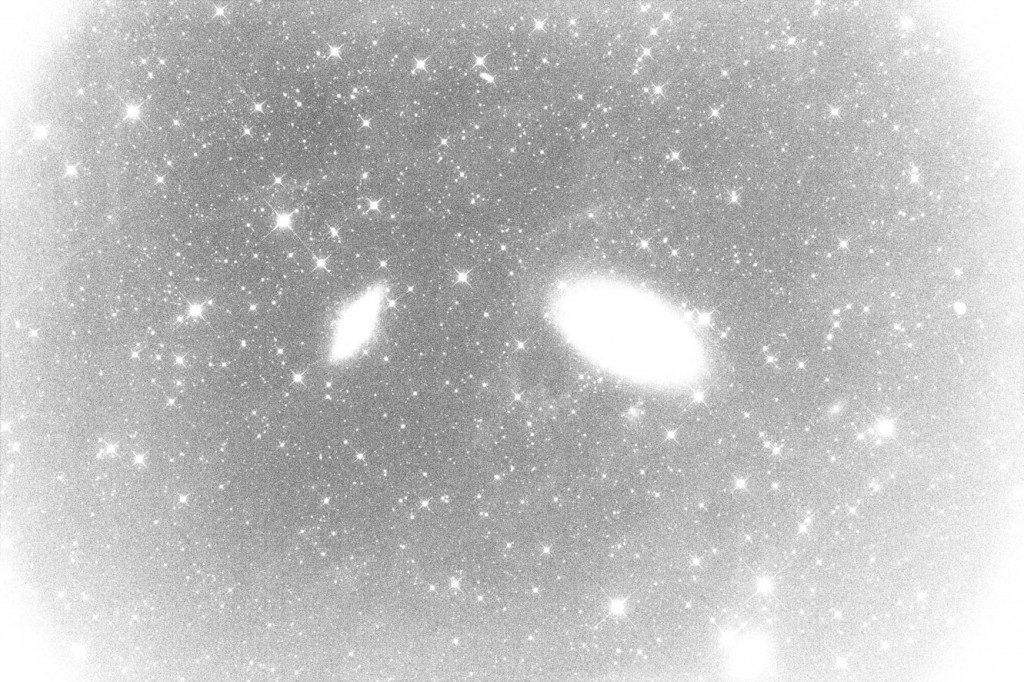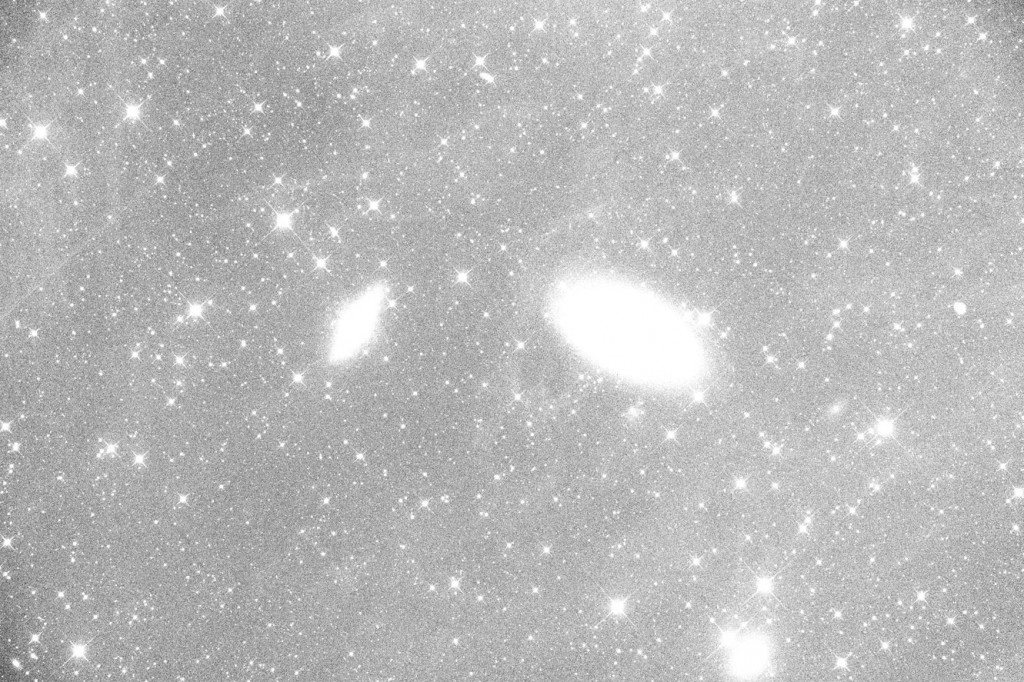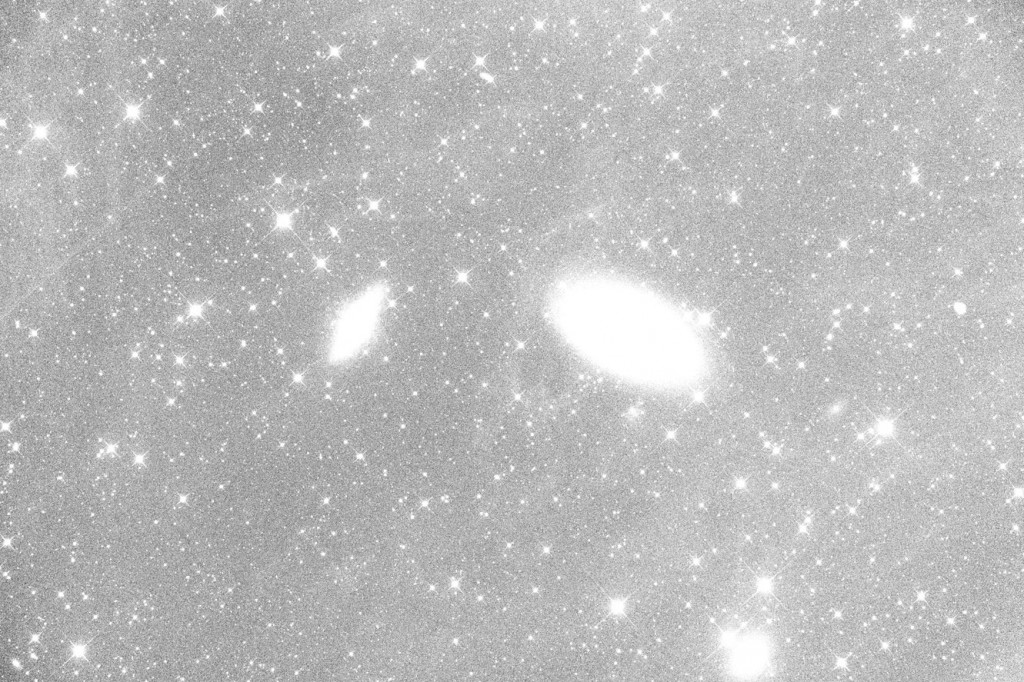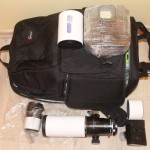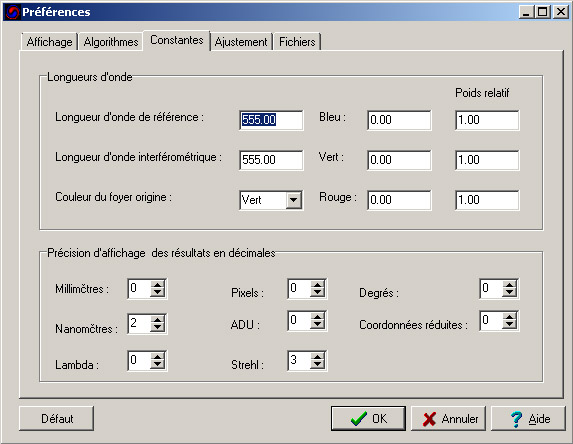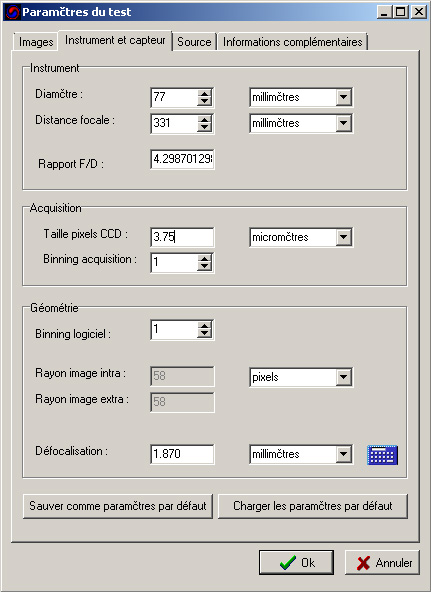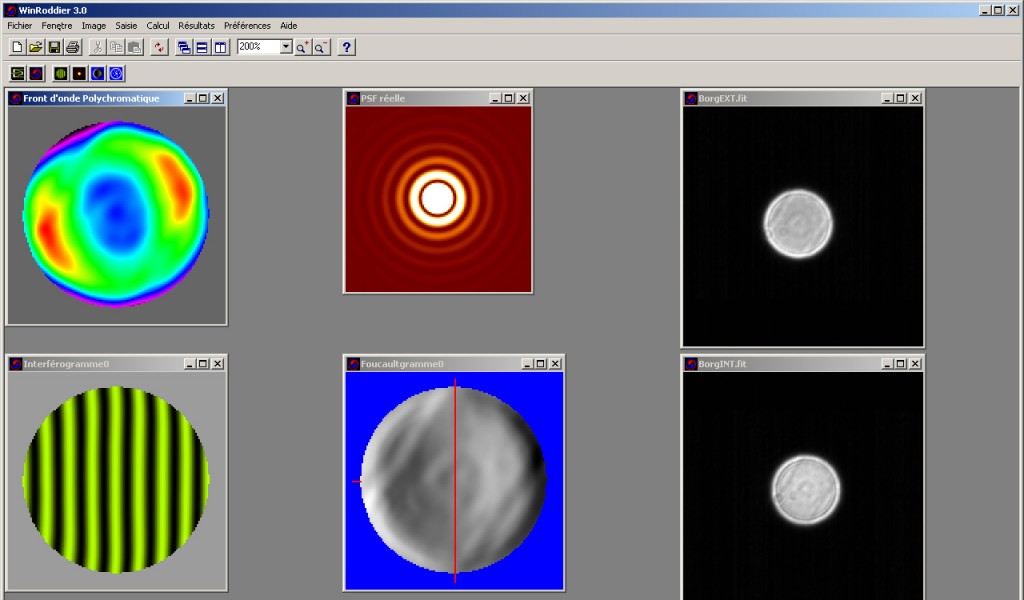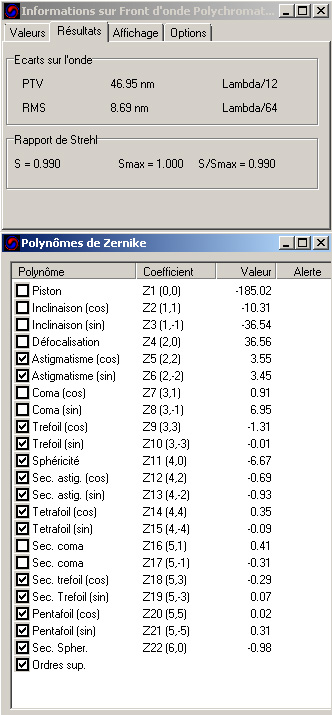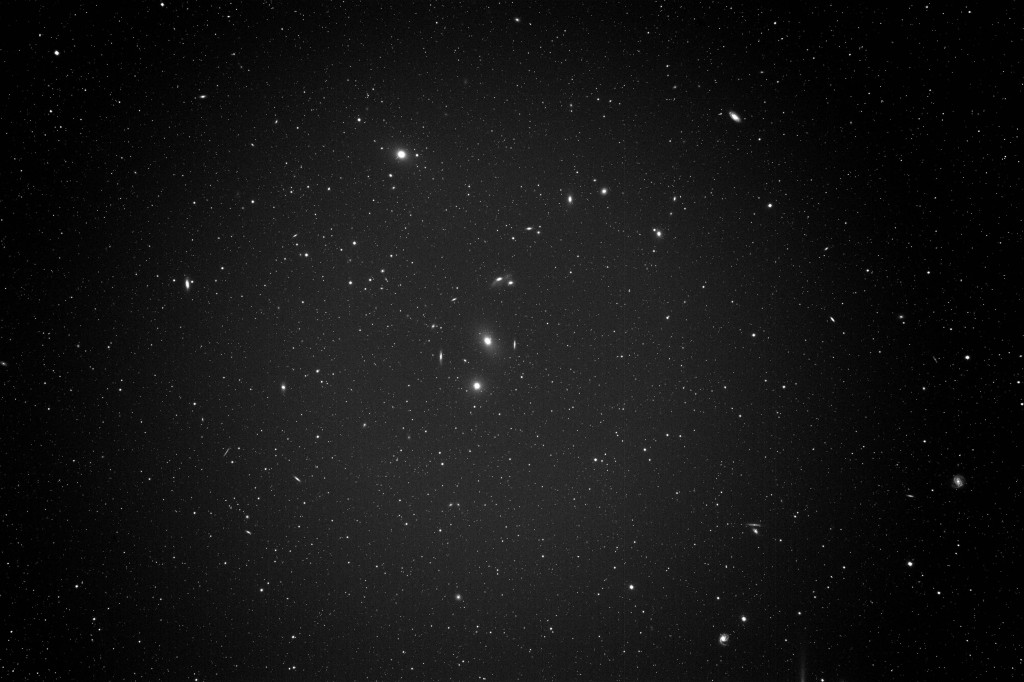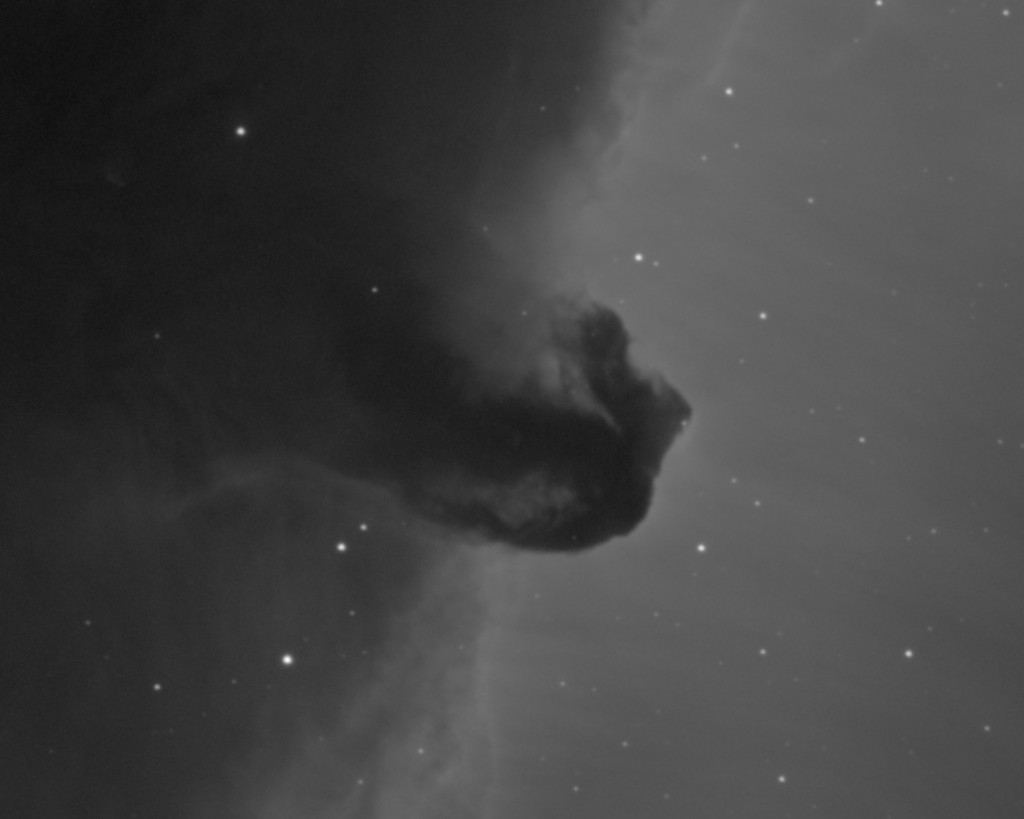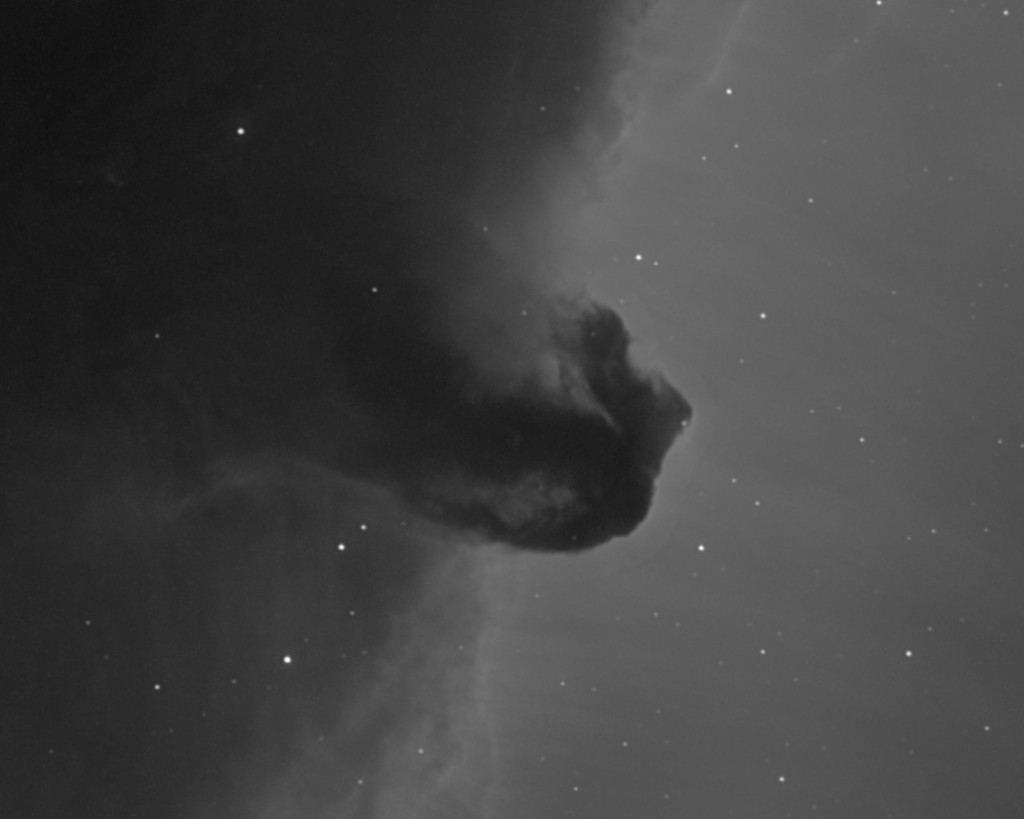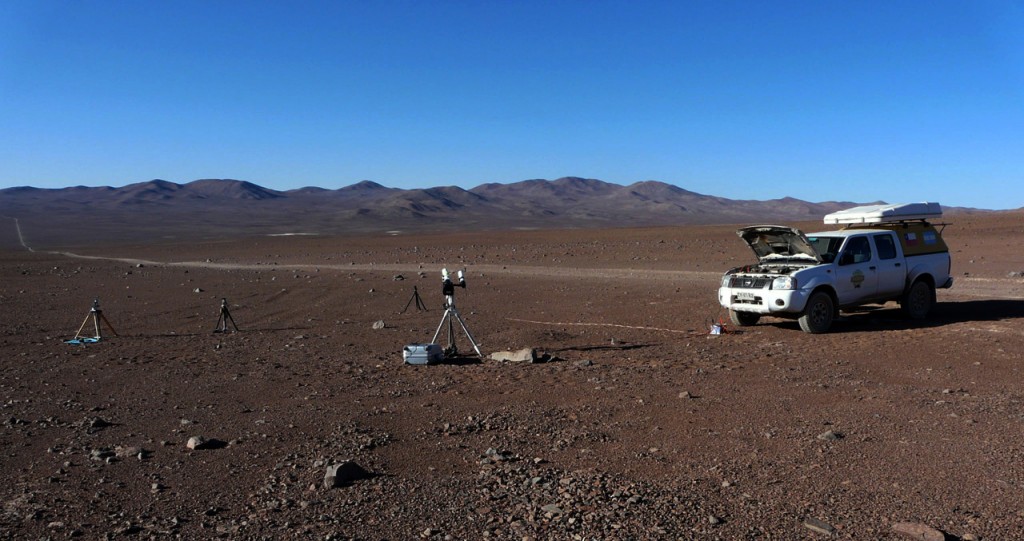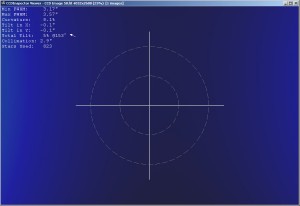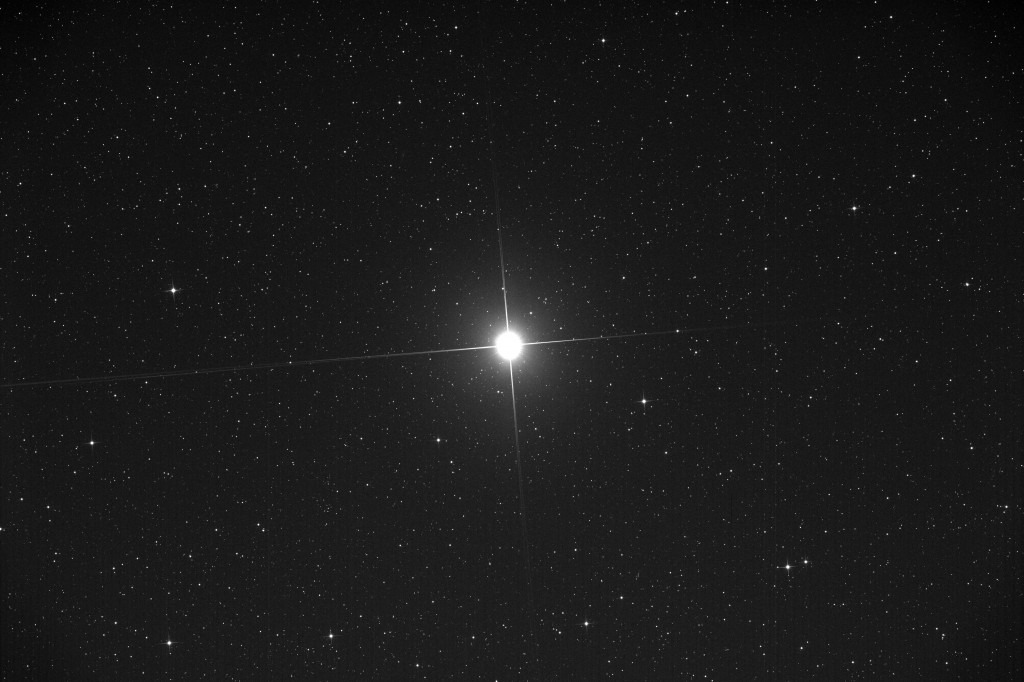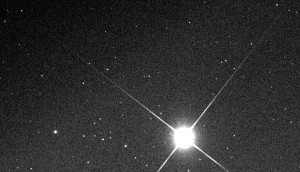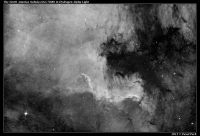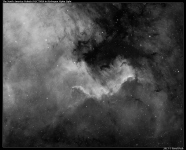Přesněji řečeno rozvaděč 12V autozásuvek pro použití „na poli“ při focení astrosestavou náročnou na spotřebu proudu s dobíjením mimo dosahu 220V tak, aby nedošlo k poklesu napětí na astro-autobaterii a tímpádem nedošlo k např. resetu montáže či jiného nastavení…
Modelová situace – autobaterie v autě je sice pěkná, ale její kapacita je příšerně malá (stačí zapomenout rozsvícená světla na pár hodin a už nenastartujete) nehledě na přechodový odpor v jedné jediné volné autozásuvce a na fakt, že člověk obvykle potřebuje odebírat několik ampér v kuse. Takže na napájení astrosestavy je nutné koupit nějakou dedikovanou trakční autobaterii, čím vyšší kapacity tím lépe (používám aktuálně 90Ah trakční Vartu (a záložní 75Ah), která má ještě trochu normální rozměry a hmotnost, že se dá unést, dříve jsem měl netrakční 95Ah a po 4 letech měla kapacitu 48Ah). Dále je dobré vědět, kolik ampér ten který spotřebič vyžaduje, u mě to je např. 5A pro hlavní CCD kameru, 2A pro montáž, 2A pro notebook, no a k tomu několik dalších drobností (chlazení, vyhřívání, …, další kameru, další notebook). Mám-li celkový požadavek na odebíraný proud 10A, tak teoreticky mi vystačí 95Ah autobaterie na 9 hodin, prakticky na cca polovinu, podle stáří a hlavně v závislosti na okolní teplotě (mnohdy fotíme i při -15 stupních Celsia a potřebujeme celou noc, třeba 8 hodin). Tudíž je zřejmé, že bude třeba během noci trochu dobíjet.
Klíčovým prvkem je spojení autobaterie v autě s astro-autobaterii vně auta, ze které vedou kabely k vlastnímu rozvaděči 12V autozásuvek a ke spotřebičům. No a zde právě není možné použít běžné startovací kabely. Je třeba si vyrobit vlastní a to jednak z maximálně tlustého vodiče a za druhé na (+) pól přidat diody usměrňující tok proudu jedním směrem a to jest z autobaterie v autě ven nikoli opačně z astro-autobaterie do autobaterie v autě. Tím by totiž došlo během pokusu o nastartování vozidla k poklesu napětí na astro-autobaterii (při startu se odebírá šíleně veliký proud – řádově mnohonásobný, byť jen na kratičkou chvilku) a k resetu či poruše nastavení astrovybavení. Diody tomuto zamezí a tak můžeme vesele startovat během noci několikrát a to úplně bez obav. Navíc, přes zimu obzvláště, je nutné si v autě kolikrát zatopit, aby člověk noc přežil (být někde 10 hodin v -15ti je docela náročné, zvláště mezi pracovními dny), takže spojíme příjemné s užitečným.
Pro vlastní rozvaděč platí, že je opět vhodné použít co nejsilnější vodiče s co nejnižším vlastním odporem. Když jsem před 5-6ti lety začínal, udělal jsem si první rozvaděč na pouhé 4 zásuvky řka, že potřebuji napájet montáž, kameru, počítač a ještě něco (vyhřívání objektivu). Dnes používám stále ten stejný rozvaděč první generace jen upraven o další rozvody, aktuálně potřebuji napájet montáž, hlavní CCD kameru, chlazení dalekohledu, fokusér, vyhřívání dalekohledu, počítač (ten napájí pointační CCD kameru a další z USB portu), EL-panel, … .
Aktuální rozvaděč má už digitální voltmetr na tlačítko a banánek-konektory / zdířky pro rozšíření možností napájení.
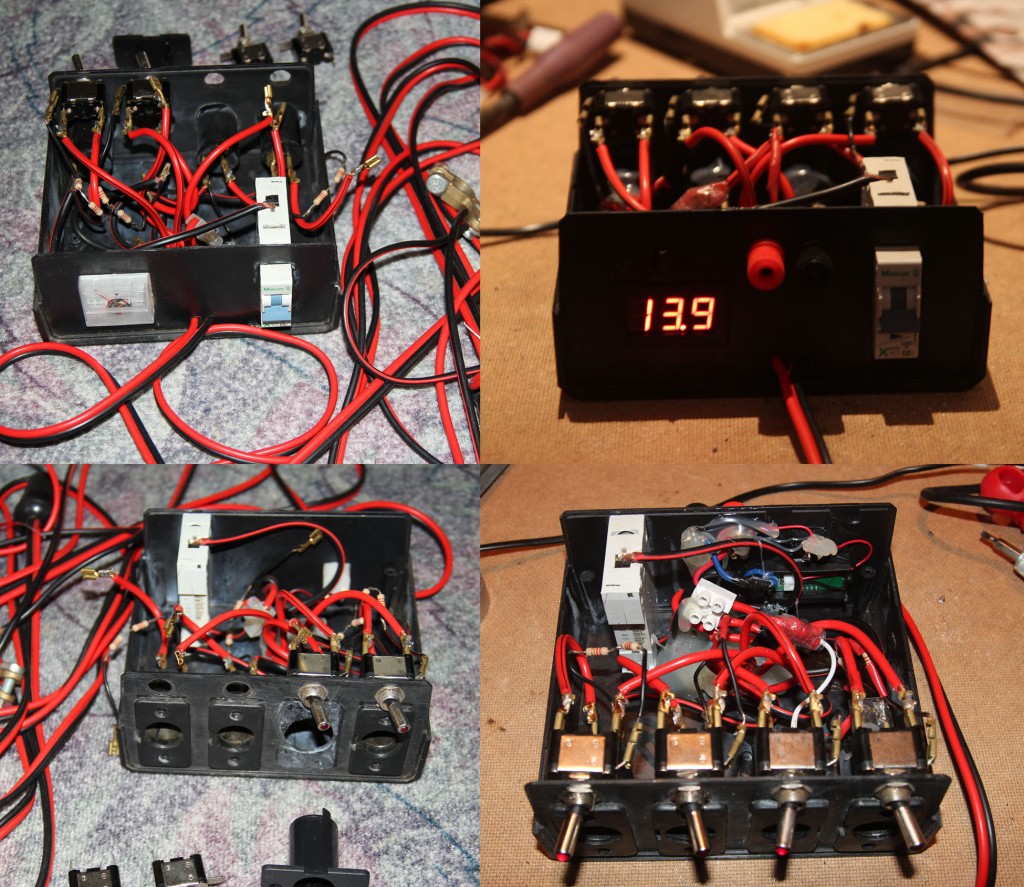
vlevo - dříve, vpravo - nynější podoba
Takovýto jednoduchý rozvaděč si dokáže postavit každý, kdo umí „dát“ plus na plus a mínus na mínus 
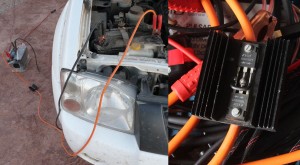
zapojení astro-autobaterie a autobaterie v autě
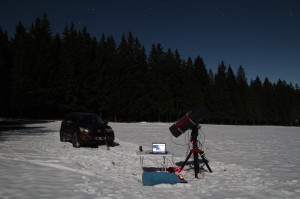
astrofoto sestava v akci
Na závěr musím poděkovat MMysovi (Martinu Myslivcovi) za volbu diod a zhotovení startovacích kabelů před expedicí Chile 2010.
Shrnutí
- astro-autobaterii zvolit trakční a s co nejvyšší kapacitou (Ah) ale tak, aby ji člověk unesl
- udělat si pořádný, masivní startovací kabely s diodama a velkýma svorkama
- udělat si rozvaděč na těch 12V autozásuvkového konektoru (nebo alternativně kombinaci banánky na kabel (černá, červená) a zdířky do panelu, tj. dva póly pro každý spotřebič)
- naddimenzovat rozvaděč, tj. 8 přípojek se mi jeví jako optimální hodnota
- nebýt líný a kromě centrálního vypínače udělat i on-off tlačítko/vypínač pro každou přípojku/zásuvku
- dbát na tloušťku vodiče, kterým přivedu napájení z astro-autobaterie do svého rozvaděče, používám délku tak 5-6 metrů a tloušťku hooodně velikou, uvnitř vlastního rozvaděče pak o něco menší, aby s tím šlo pracovat
- připojení na astro-autobaterii buď krokosvorkami nebo přes očka
- kvalitní autozásuvkový konektor se špatně hledá, ideální je tento, případně obrázek
- nikde není žádný DC-AC měnič!!! na notebook a jiné příslušenství existuji DC-DC měniče z 12ti V na 15-21V dle volby, viz „Další odkazy“ níže. Je vhodné mít baterii v notebooku z domova plně nabitou! Pokud notebook „prská“, že nemá originální napájecí zdroj (typicky Dell, já tedy používám nejčastěji Toshibu a Lenovo), mělo by být vše i přes to OK, jen nebude baterii dobíjet, což ale ničemu nevadí
- řízení dražších montáží (Losmandy Gemini, GTD Pulsar apod.) má obvykle „rádo“ vyšší napětí než 12V což se řeší podobným (k notebookům) DC-DC měničem s tím, že koncovku si napájíme dle typu řízení montáže a nastavíme vhodné napětí (používal jsem 16V pro Losmandy a teď pro Pulsar mám nastaveno 18V), např. Ansmann DCPS 2460 Univesal Power Supply DC/DC
- barevně či jinak označit si jednotlivé kabely od spotřebičů a USB kabely, osobně používám elektroizolační lepenku různých barev a vzorů (červená – hlavní CCD kamera jak napájení, tak USB kabel, černa pointační, zelená vyhřívání atd.)
- přelepit všechny možné diody, které obvykle svítí velmi jasně (až oslňují) tak, aby v noci opravdu tolik nerušily, za tmavé noci je jas opravdu přílišný!
- jako 100% mobilní fotič noční oblohy ráno uklízím kabely na jednu hromadu (na karimatku) a pak celou podložku dám spolujezdci k nohám a než dojedu domů mám kabely vysušené a můžu je suché uklidit
Další odkazy
Trakční baterie VARTA Professional Dual Purpose (Deep cycle) 90Ah, 12V, LFD90
120W Compact Notebook Power Adapter PW-3120
Intelligent Car DIY 3-Digit Display Digital Voltmeter Module
 Představa zněla jasně – škálovatelný (s rozumnou, volitelnou kapacitou), malý, lehký, přenosný, stabilizovaný 12V zdroj na astro-krámy. No a jak víme, buď má zdroj dostatečnou kapacitu a je těžký jako vepř, nebo má nedostatečnou kapacitu, ale zas je lehký. Jako nejlepší řešení mě vyšlo jej založit na Li-Po battery packu, který splňuje alespoň tolik, že je vzhledem ke své kapacitě poměrně lehký. Nevýhodou je ovšem pořizovací cena, ale budiž, něco se prostě obětovat nakonec musí…
Představa zněla jasně – škálovatelný (s rozumnou, volitelnou kapacitou), malý, lehký, přenosný, stabilizovaný 12V zdroj na astro-krámy. No a jak víme, buď má zdroj dostatečnou kapacitu a je těžký jako vepř, nebo má nedostatečnou kapacitu, ale zas je lehký. Jako nejlepší řešení mě vyšlo jej založit na Li-Po battery packu, který splňuje alespoň tolik, že je vzhledem ke své kapacitě poměrně lehký. Nevýhodou je ovšem pořizovací cena, ale budiž, něco se prostě obětovat nakonec musí…![]() a v rozsahu od 15ti (vybito) do 21V (nabito) na jeden battery pack, vážící 666 gramů a mající kapacitu 5Ah.
a v rozsahu od 15ti (vybito) do 21V (nabito) na jeden battery pack, vážící 666 gramů a mající kapacitu 5Ah.![]() cílem je vylézt na vrchol sopky někde v divočině a tam fotit noční oblohu přes ultra-mobilní astrofoto sestavu. Prozatím jsem tento svůj sen realizoval jen částečně a snad jen jednou (Mauna Kea) ale neměl jsem štěstí na jasnou oblohu… tak snad někdy příště!
cílem je vylézt na vrchol sopky někde v divočině a tam fotit noční oblohu přes ultra-mobilní astrofoto sestavu. Prozatím jsem tento svůj sen realizoval jen částečně a snad jen jednou (Mauna Kea) ale neměl jsem štěstí na jasnou oblohu… tak snad někdy příště!
